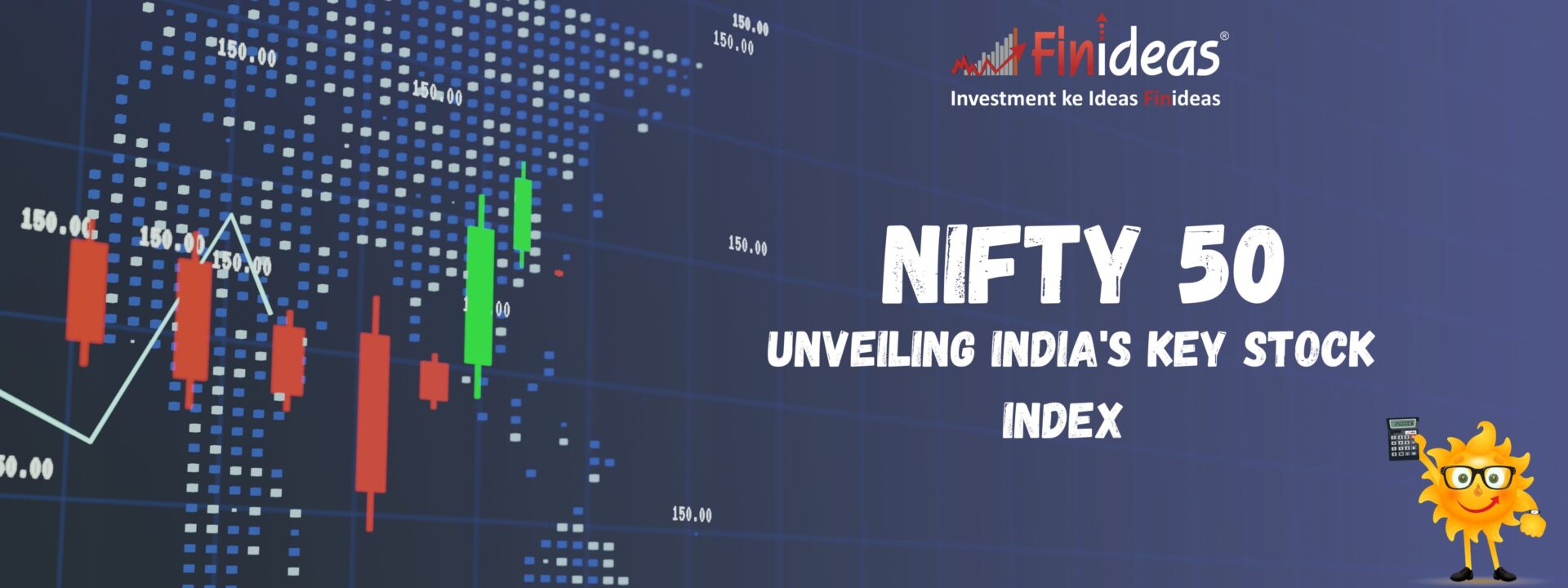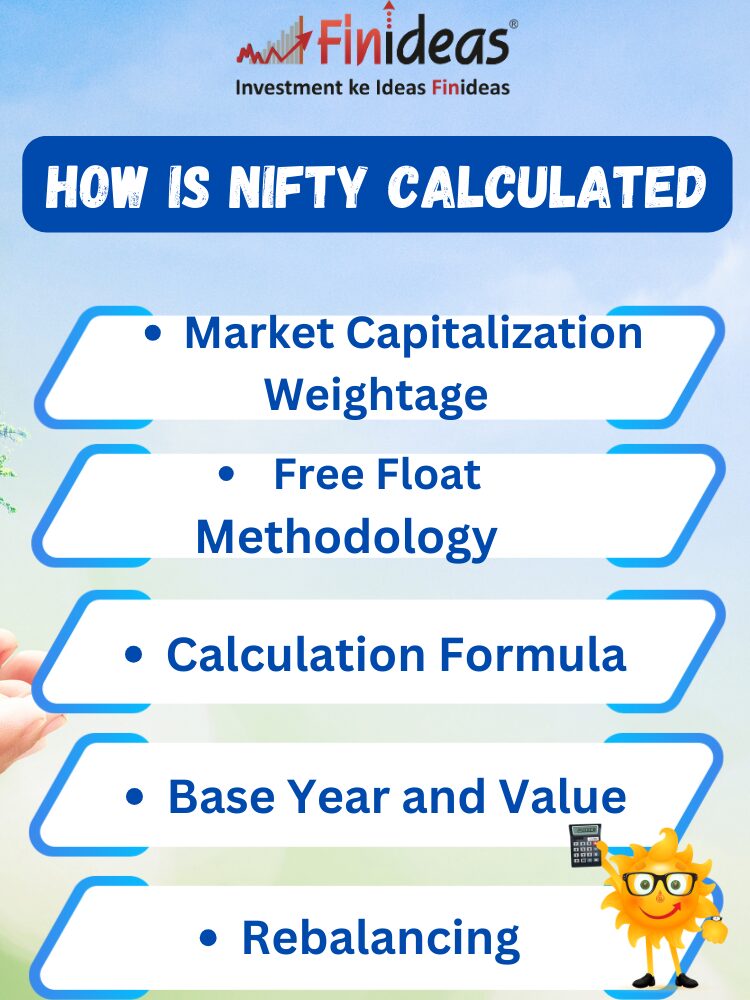Nifty 50: Unveiling India's Key Stock Index
While many discussions revolve around individual stocks and companies, have you delved deeper into the intricacies of the Nifty 50 index? Acknowledging that we may have touched upon its current level, let’s explore beyond that surface level conversation.
What is nifty 50 ?
Nifty 50 Index, is a stock market index in India that was introduced by the National Stock Exchange (NSE) on April 22, 1996.The Nifty 50 index includes the 50 most liquid and large-cap stocks listed on the NSE. These stocks are selected based on various criteria such as market capitalization, liquidity, and trading activity.It was created to provide investors with a comprehensive and accurate representation of the Indian stock market.
As on November 2023 These stocks span across 14 sectors of the Indian economy which include Financial Services (35.26%), Information Technology (13.64%), Oil, Gas Consumable Fuels (11.33%),are the largest sectors followed by Fast Moving Consumer Goods (9.22), Automobile and Auto Components (6.63), Construction (4.26), Healthcare (4.20), Metals & Mining (3.76), Consumer Durables (3.24), Telecommunication (2.90), Power (2.49), Construction Materials (2.02), Services (0.75), Chemicals (0.33) .
Top companies by weightage
Company’s name | Weight (%) | Industry |
HDFC Bank Ltd. | 13.25 | Financial services |
Reliance Industries Ltd. | 9.11 | Oil & Gas |
ICICI Bank Ltd. | 7.42 | Financial services |
Infosys Ltd. | 5.88 | Information & Technology |
ITC Ltd. | 4.37 | FMCG |
Larsen & Toubro Ltd. | 4.26 | Construction |
Tata Consultancy Services Ltd. | 4.05 | Information & Technology |
Axis Bank Ltd. | 3.38 | Financial services |
Kotak Mahindra Bank Ltd. | 2.92 | Financial services |
Bharti Airtel Ltd. | 2.90 | Telecommunication |
Now, If you find yourself more inclined to explore the Nifty 50 and its role in shaping India’s stock market landscape, then you should explore the ILTS Strategy.
How is Nifty Calculated
Market Capitalization Weightage:
The stocks in the index are weighted based on their market capitalization. Market capitalization is calculated by multiplying the stock’s current market price by the total number of outstanding shares. Stocks with higher market capitalization have a greater impact on the index.
Free Float Methodology:
The index uses the free-float market capitalization methodology. Free float market capitalization excludes shares that are held by promoters, government bodies, and strategic investors. It considers only those shares that are available for trading in the market.
Calculation Formula:
The Nifty 50 index is calculated using the formula:
Nifty 50 Index = ( Sum of Market Capitalization of Nifty 50 stocks ) × Base Value
—————————————————————————————–
Base Market Capitalization
- The Base Market Capitalization is the total market capitalization of the index as of a specific date.
- The Base Value is the value of the index on a chosen date.
Base Year and Value:
The base year for the Nifty 50 index is 1995, and the base value is set at 1000. This means that the index value is scaled to 1000 as of the base year.
Rebalancing:
The Nifty 50 index is periodically rebalanced .Semi-annually – Last working day of March and September to ensure that it reflects the current market conditions. Stocks may be added or removed based on changes in market capitalization, liquidity, and other factors.
Conclusion
In essence, the Nifty 50 Index serves as a vital tool for investors, offering insights into the performance of India’s most influential companies. Its systematic approach to composition and calculation provides a reliable benchmark for gauging the overall health and trajectory of the Indian stock market. As investors navigate the dynamic landscape of financial markets, understanding the intricacies of indices like Nifty 50 becomes crucial for making informed and strategic investment decisions.
How after understanding the intricacies of this index will shape your decisions in the dynamic realm of the Indian stock market? Let us know in the comment section below.
Happy Investing!
This article is for education purpose only. Kindly consult with your financial advisor before doing any kind of investment.


